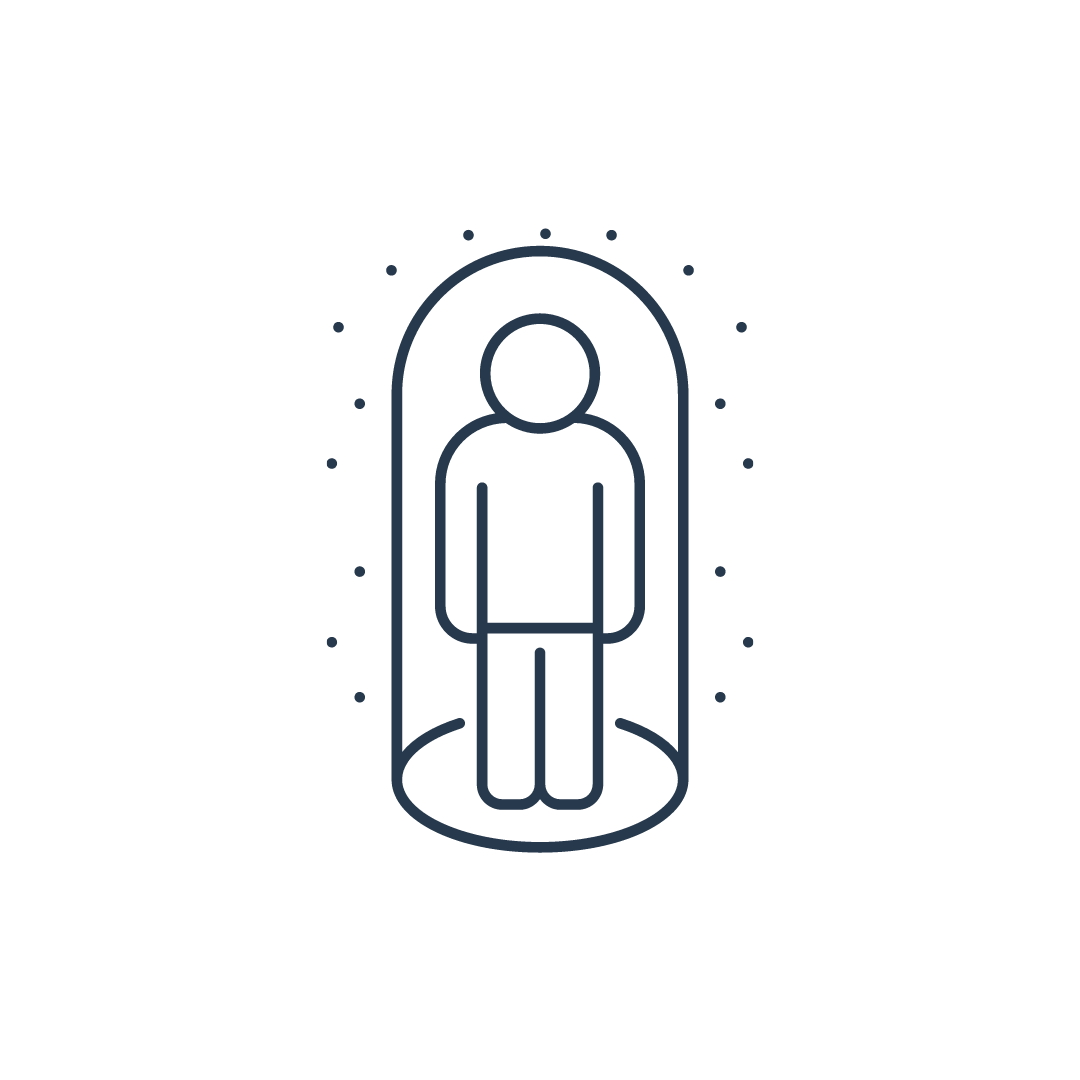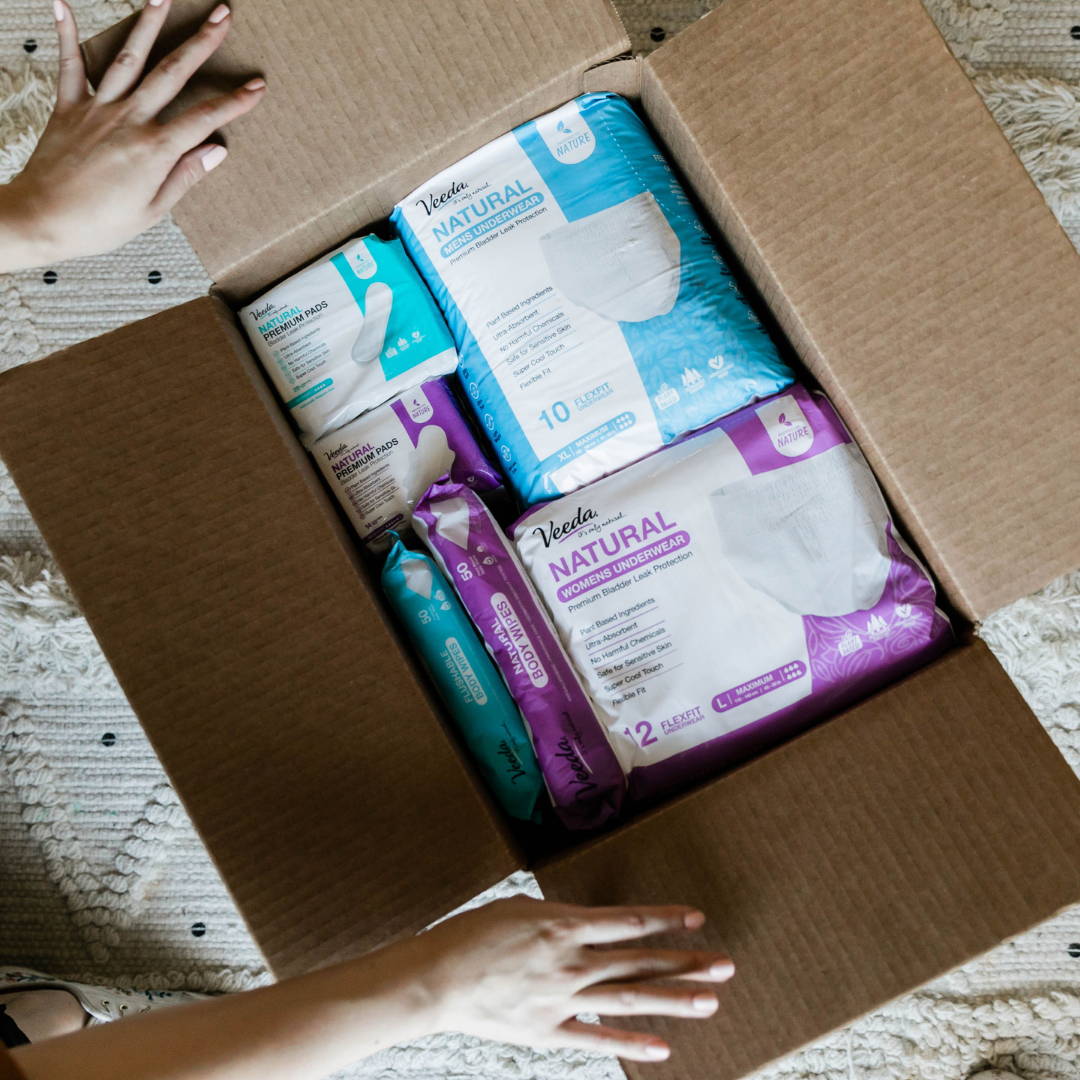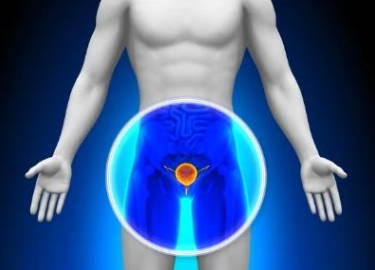Your Cart is Empty
Caring for someone with incontinence
Urinary incontinence is more common than you think
Urinary incontinence (poor bladder control) is a common condition that affects around 5% of the world’s population, equating to approximately 300 million people worldwide.
Although incontinence is more common as we age, it still affects many teenagers and young adults of all genders every day. Levels of incontinence can vary from small leakages to complete loss of bladder control which can impact a person’s quality of life. Appropriate management and support are crucial to ensure comfort and cleanliness.

Poor Quality of Life
Unfortunately, sufferers often struggle to talk about their condition, resulting in a detrimental impact to their overall quality of life.

Shame & Embarrassment
The topic of bowel and bladder disfunction can be uncomfortable for many, which can lead to feelings of shame and embarrassment.

Social Isolation
Social isolation is common, leading to sufferers having feelings of hopelessness and fear.
A condition that will impact many people at some stage in their lives.
With the right medical help and support, incontinence can be managed and controlled.

Loss of bladder control is common and if left unmanaged, can be embarrassing.
It can cause people to avoid their normal activities, ending up isolated, embarrassed and worried about how they smell. They may also limit their water intake out of fear of losing control.
The walls of shame associated with incontinence result in a reduced quality of life, decreased use of health care, stress and discrimination.
Access to incontinence support gives the individual confidence that they will not wet their clothes if they don’t reach or find a toilet in time.

Adequate access to dedicated incontinence products is crucial to ensure comfort, cleanliness and dignity.
Quite often, incontinence sufferers will use menstrual products for bladder leakage, which will leave skin feeling damp and uncomfortable, and at a higher risk of irritation and infection.
Menstrual products are not a substitution for incontinence products as they don’t protect skin against urine and won’t neutralize the urine odor.
Click here for more information on the difference between Incontinence products and Menstrual products.
Incontinence is a treatable condition with many options available. Speak to your doctor to work out a treatment plan tailored to your loved one.
The financial burden of incontinence can add up quickly. Absorbent products and medical treatment can be expensive to maintain and can often mean the difference between getting appropriate help and support, or not.
HSA and FSA Eligible Medical Items
Incontinence supplies are typically eligible for reimbursement with a flexible spending account (FSA), health savings account (HSA), or a health reimbursement arrangement (HRA). Contact your employer or FSA/HSA/HRA provider with account or eligibility questions.
Does Medicaid Cover Incontinence Products?
Medicaid is a state and federal program that provides medically necessary products (including incontinence products), healthcare or long-term care services to those who qualify.
Visit Healthcare.gov and use its Medicaid calculator to determine if you qualify.
For an incontinence product to be covered by Medicaid, it must be considered “medically necessary”, and therefore essential to the treatment or management of a particular condition. This can be determined by visiting your doctor and getting a diagnosis.
Customize the perfect subscription
Adequate access to dedicated incontinence products such as underwear, pads and liners, is crucial to ensure comfort, cleanliness and dignity.
- Choose your ProductsCustomize the perfect subscription for your loved one.
- Choose your FrequencyThe larger the Interval, the bigger the discount and the better for the environment!
- Never go without again!You never have to worry about your loved one going without again! Your order will be automatically delivered to their doorstep in plain packaging!

Don't just take our word for it!
What our customers say

Free Shipping
Free shipping for US orders over $25!

Monthly Delivery
Healthy doesn't have to be hard. We make it easy for you: Get your absorbent products and have them delivered every month to your door!
Additional Resources
Caring for someone with incontinence

Incontinence can be daunting and slightly embarrassing for many. Here are 12 tips and tricks to help you support them through their discomfort.
Caring for elderly parents checklist

To help navigate through these next life stages, we’ve put together a checklist to inspire some conversations.
A guide to living with light bladder leaks

There are many ways to manage light bladder leakage and various products, tips and tricks to help you continue enjoying your life without fear or embarrassment.
What to expect after prostate surgery

Around 6 to 8% of men experience incontinence after prostate surgery, the degree of incontinence varies between each individual.
postpartum underwear. Incontinence underwear. Incontinence. Incontinence underwear for women. Incontinence underwear for men. Mens incontinence. Womens incontinence. disposable underwear. postpartum pads. bladder leak pads. bladder leak liners. bladder leak underwear. incontinence products. incontinence products for men. incontinence products for women. adult wipes. body wipes. incontinence wipes. postpartum wipes. body wipes for women. body wipes for men. postpartum panties. diapers. underwear for women with incontinence. underwear for men with incontinence. incontinent pads. incontinent underwear. incontinent liners. underwear for incontinence. men incontinence underwear. women incontinence underwear. incontinance pads. bladder leakage products, incontinence briefs for men. incontinence briefs for women. underwear for bladder leaks. best body wipes. urine wicking underwear. bladder underwear. bladder leaks pads. bladder leaks liners. adult flushable wipes. mens depends briefs. large body wipes. large body wipes for adults. underwear for urine leakage. best mens incontinence underwear. est womens incontinence underwear. postpartum undies. best leak proof underwear for incontinence. pads for leaky bladder. incontinence underware for men. incontinence underware for women. mens pull ups. womens pull ups. postpartum underwear pads. ladder leak underware.






